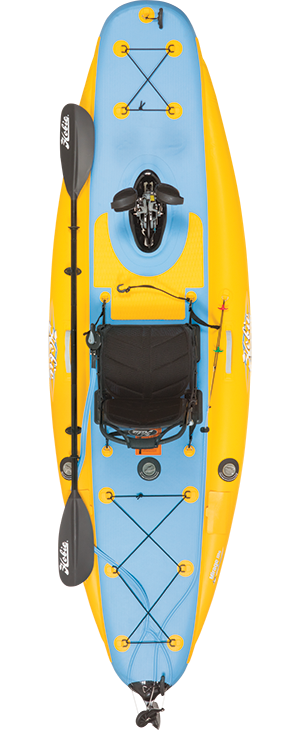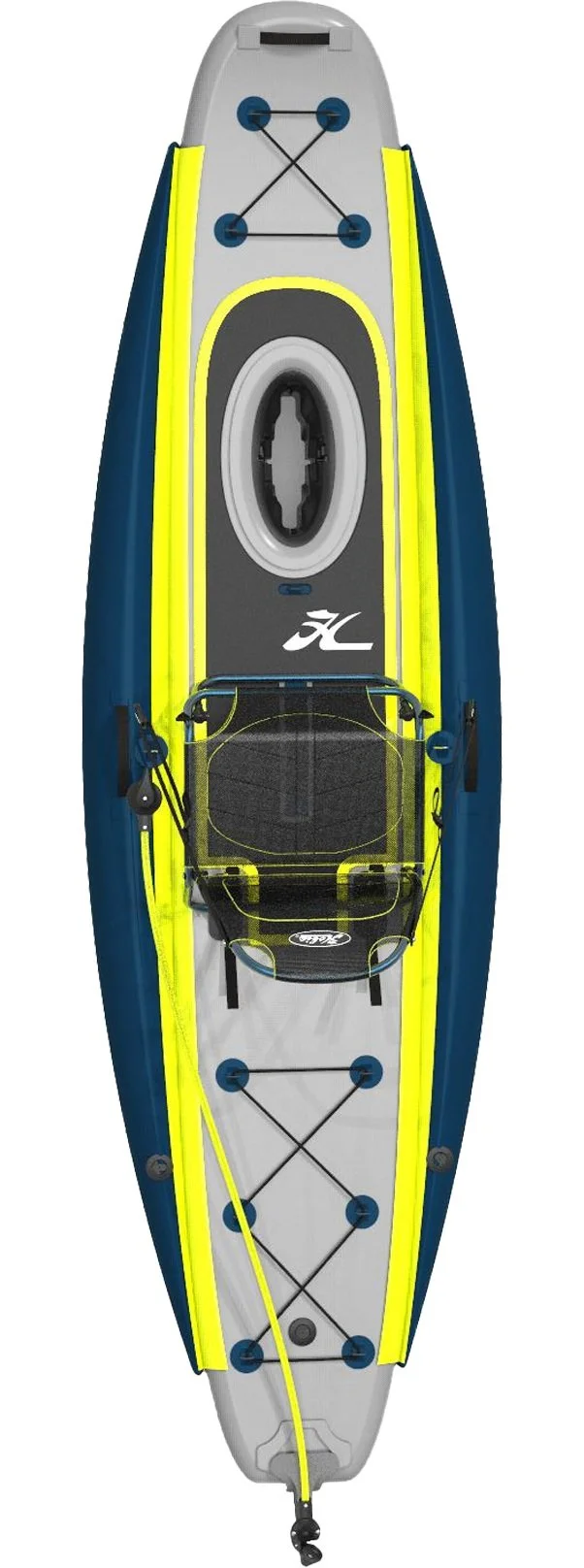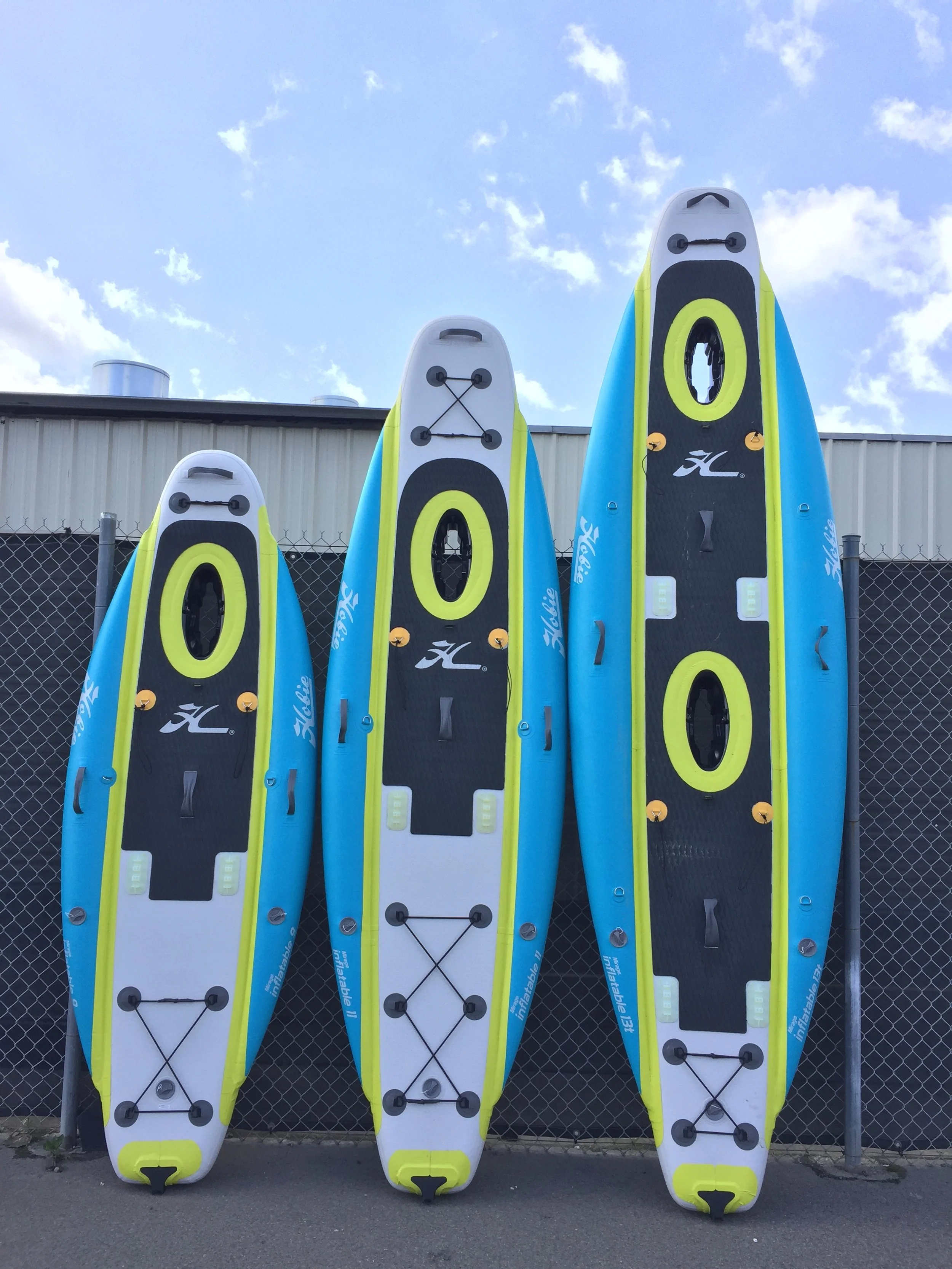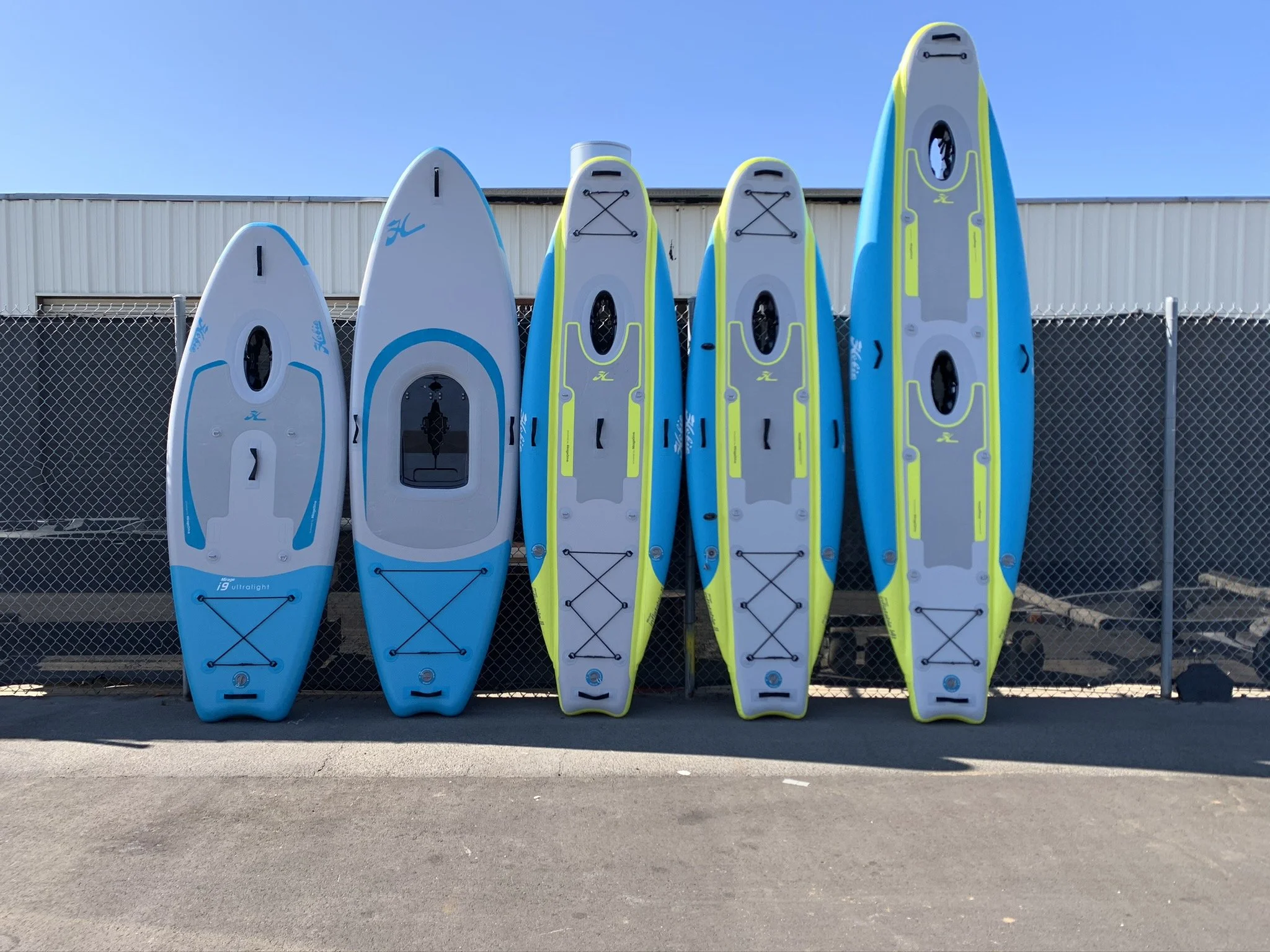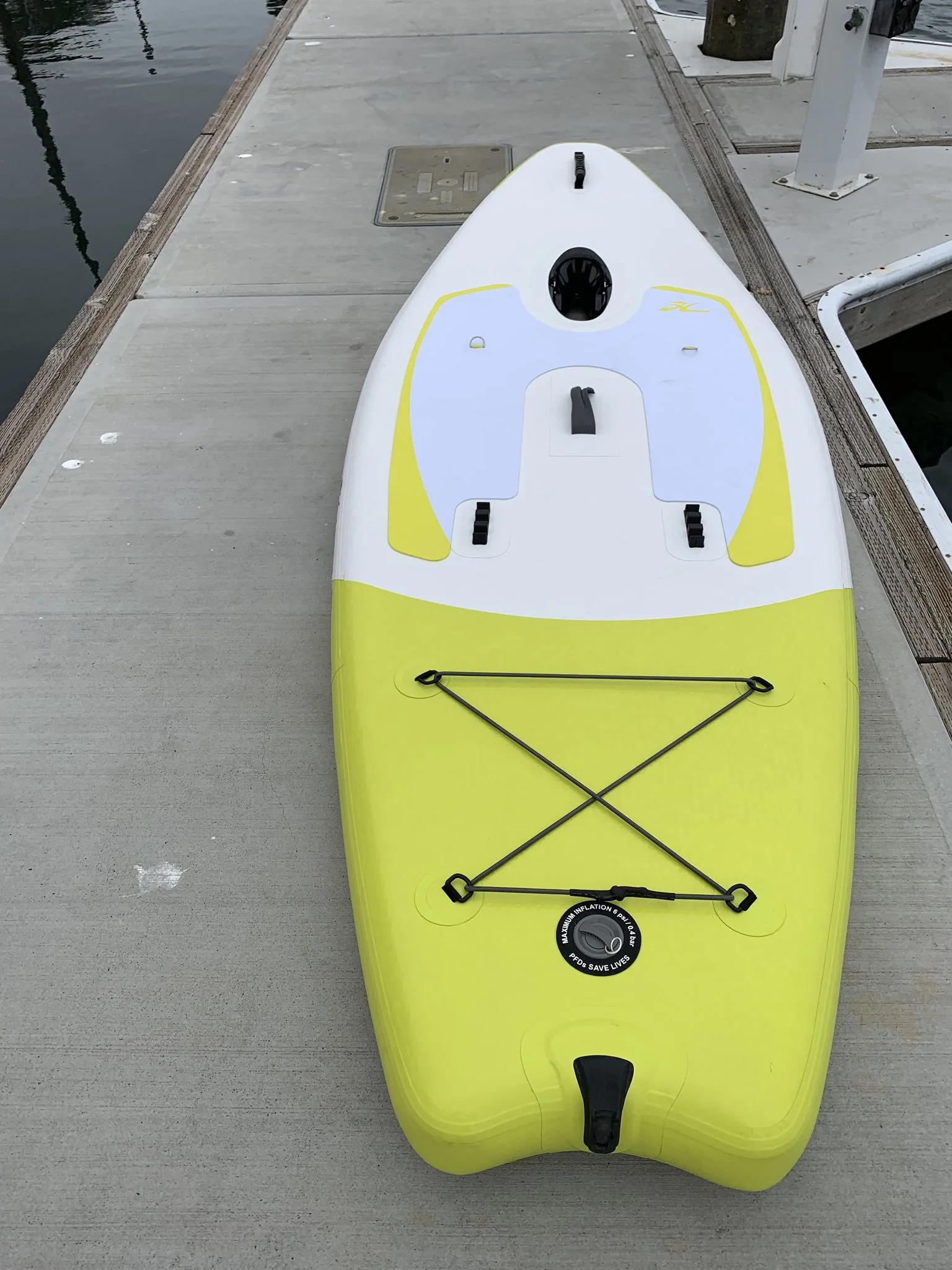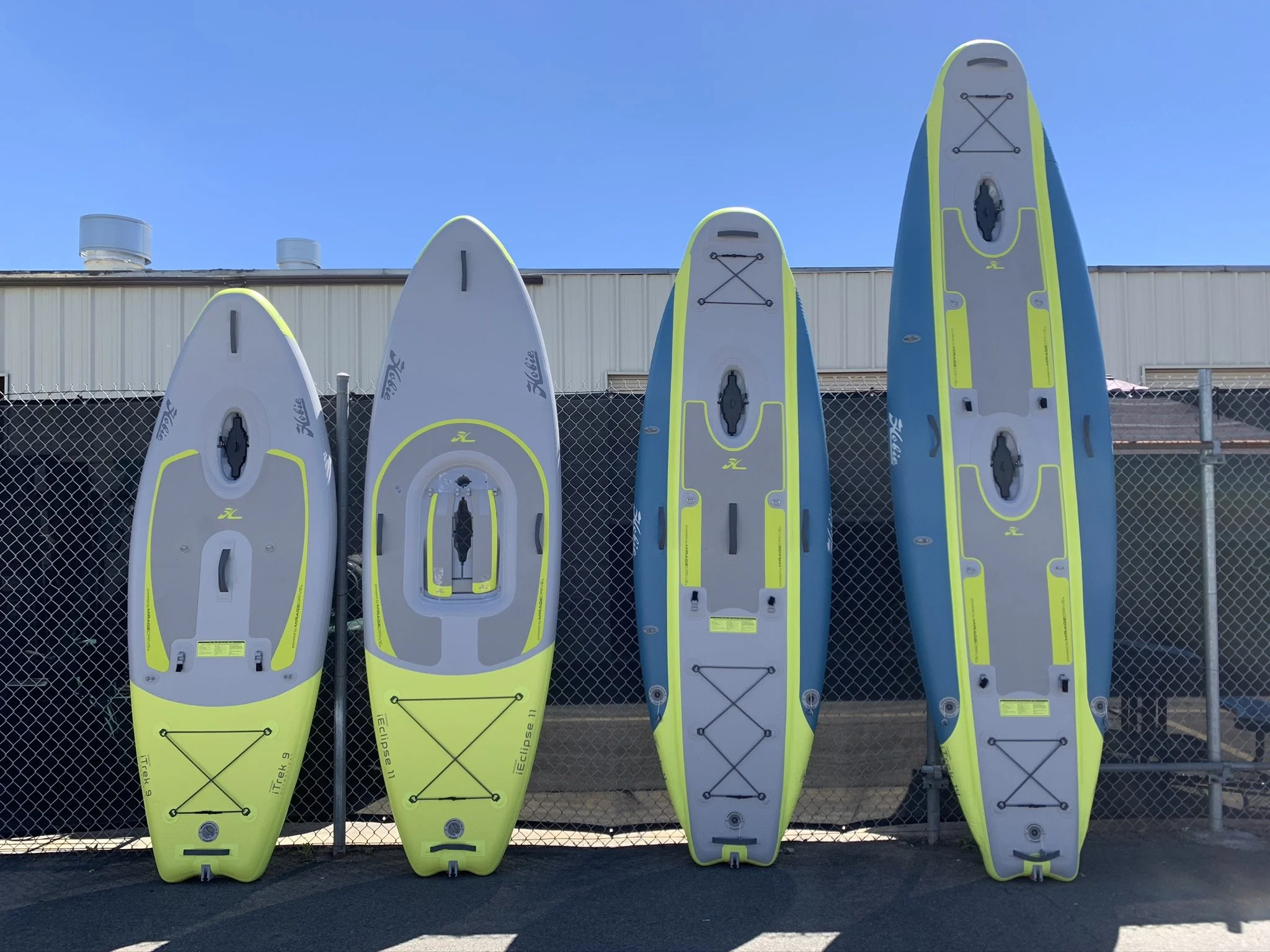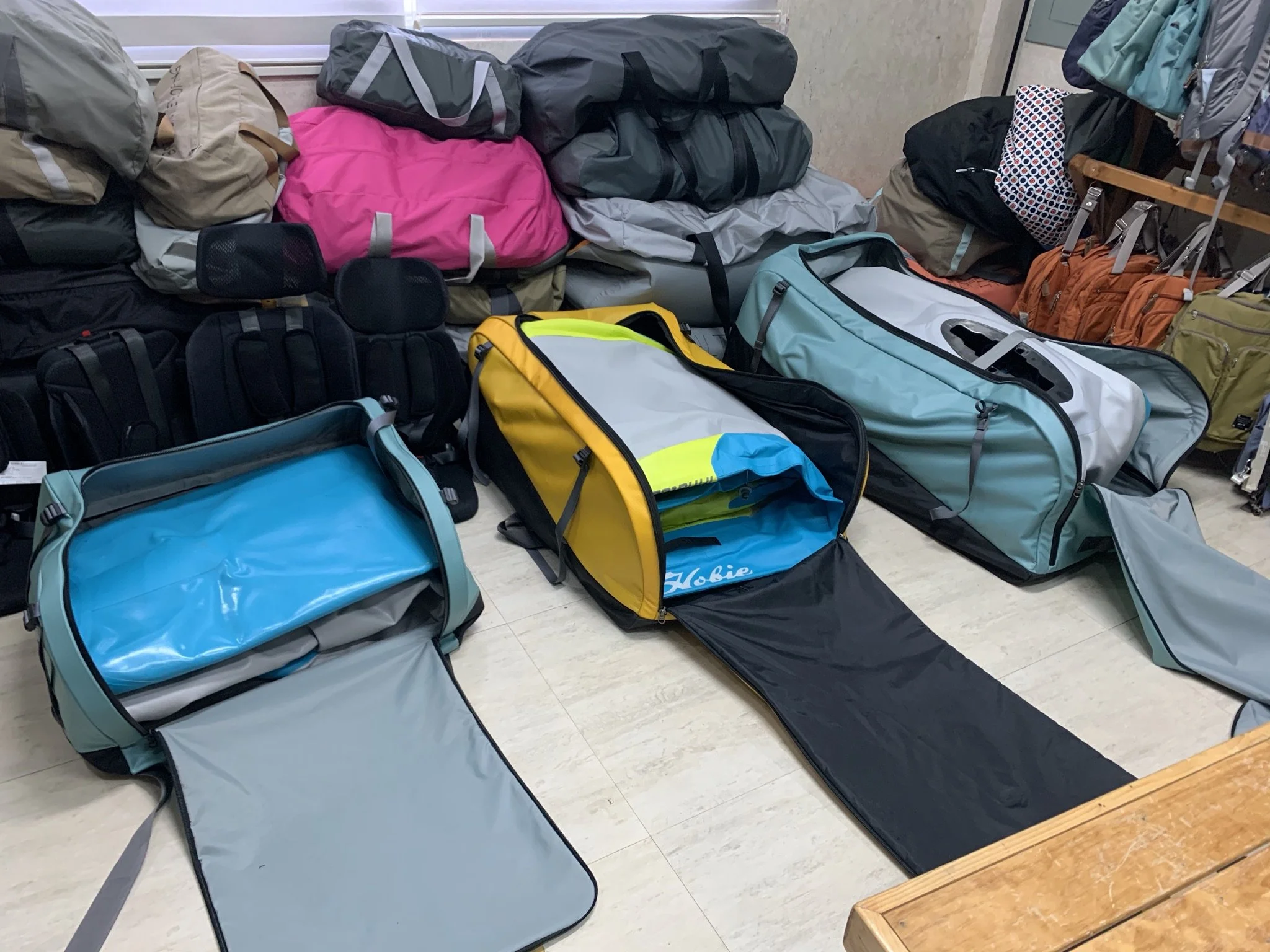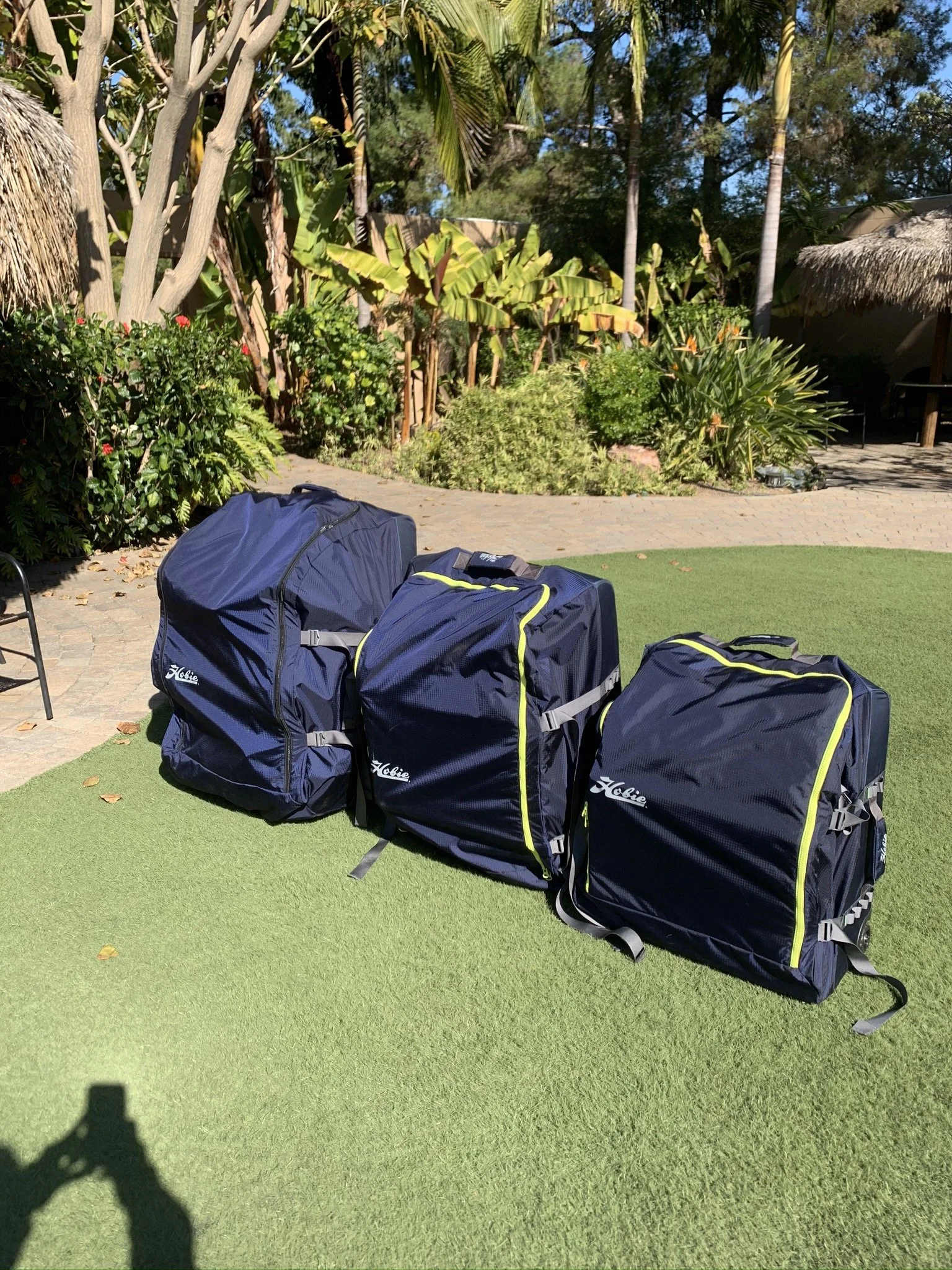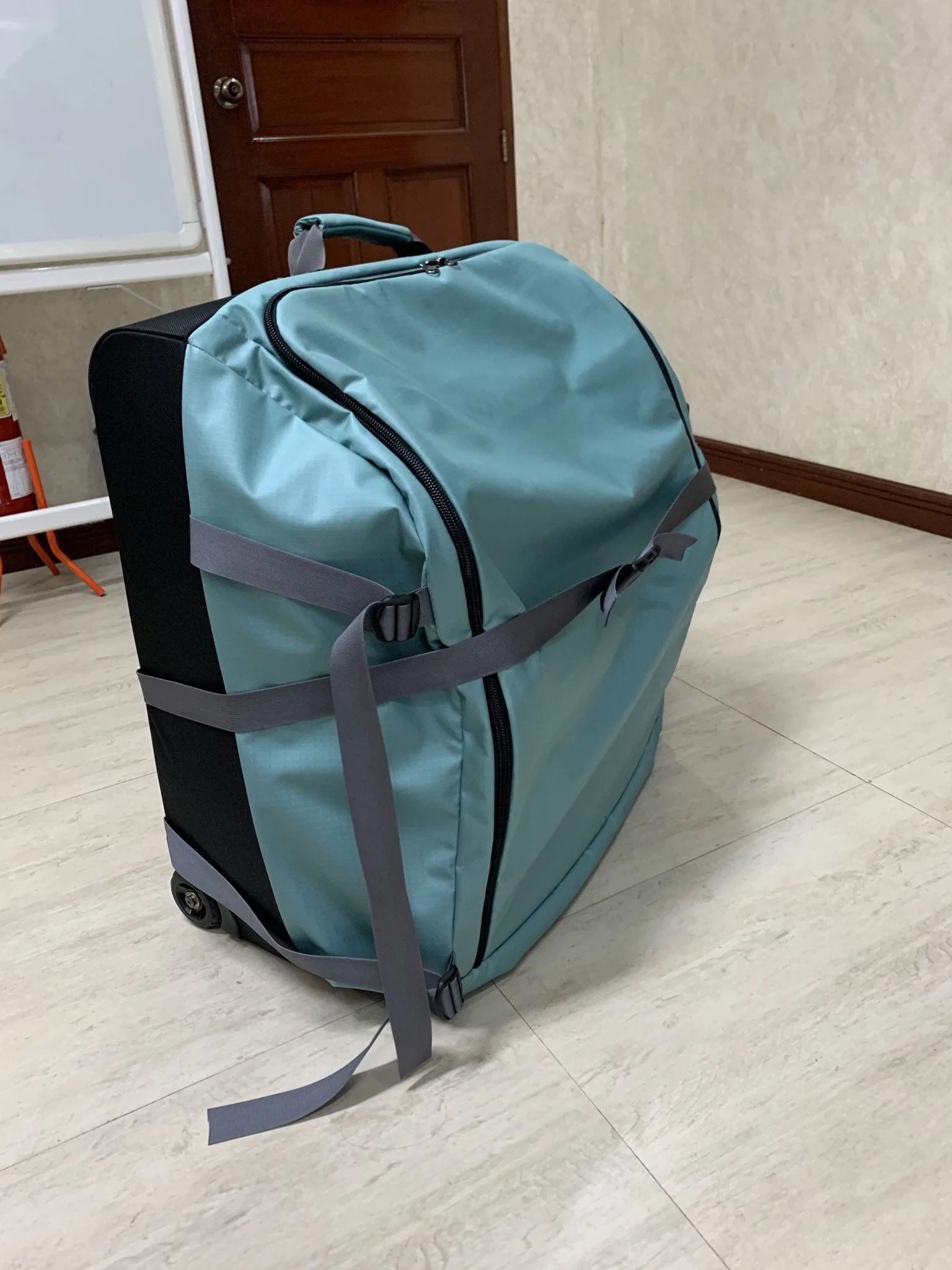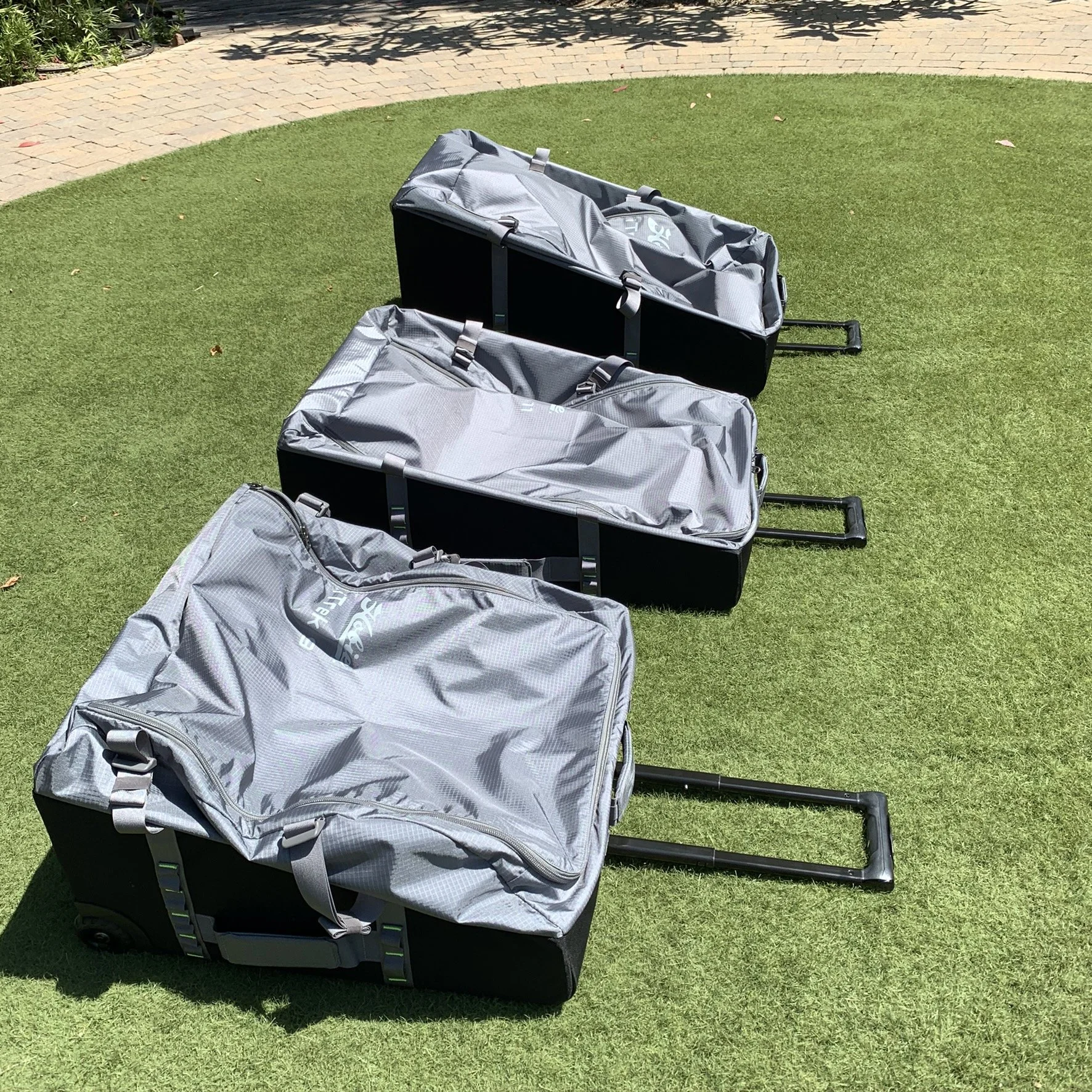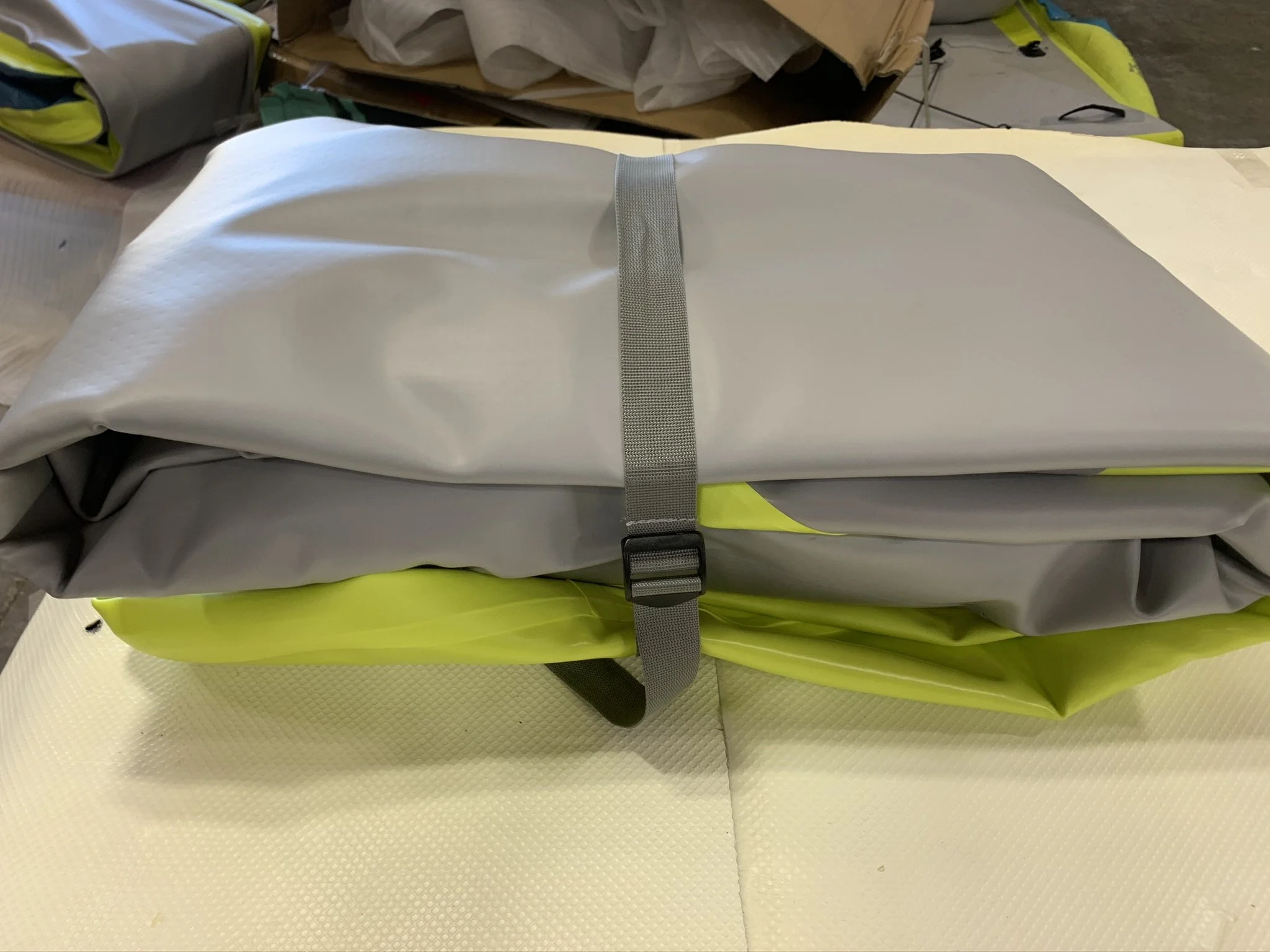
iTrek Series User Experience
The iTrek line was an opportunity for us to own the inflatable kayak market. With patent protection in place on our design, I became responsible to strategize design to enhance a new kayaking experience.
i11 Kayak
2015 – 2020
Development
2018 – 2020
iTrek 11
2021 – Present
i14 Kayak
2008 – 2020
i12 Kayak
2008 – 2020

In 2016-2020, the i11 kayak model sold 75% more units than other inflatable models Hobie offered. Each year, i11 sales increased while the other models decreased.
Research.
Five years of sales, a network of reps and dealers, and a loyal customer base gave us a clear framework for creating the most optimized line of inflatable, pedal-driven kayaks worldwide.
-
Reviewed claims from tech support and warranty—compiled highest-ranking issues dealing with the quality and construction of the kayak.
-
I contacted Hobie's sales rep and Hobie shop owners to understand use cases, user wants/needs, and pain points from the customer's end.
-
I teamed up with sales reps to observe kayakers interact with unpacking, setting up, using the kayak, breaking down, and packing up.
-
We are lucky to have “Hobie enthusiasts.” They love our product and openly share their experiences (good and bad) on Youtube, Facebook, and Instagram. These stories, videos, photos, and comments help us understand user needs without bias.
Problems Identified.
Prototype, Test, & Improve.
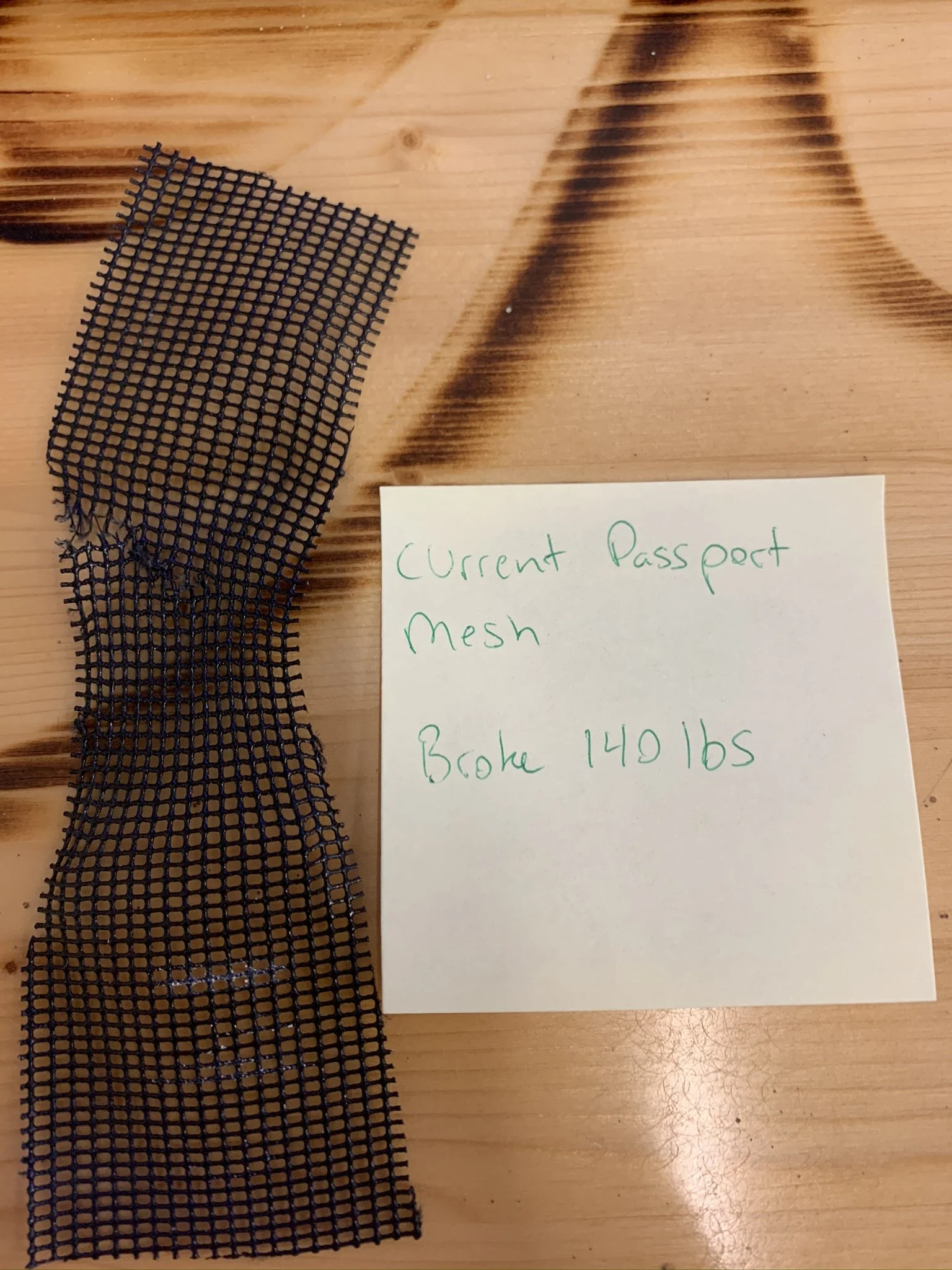
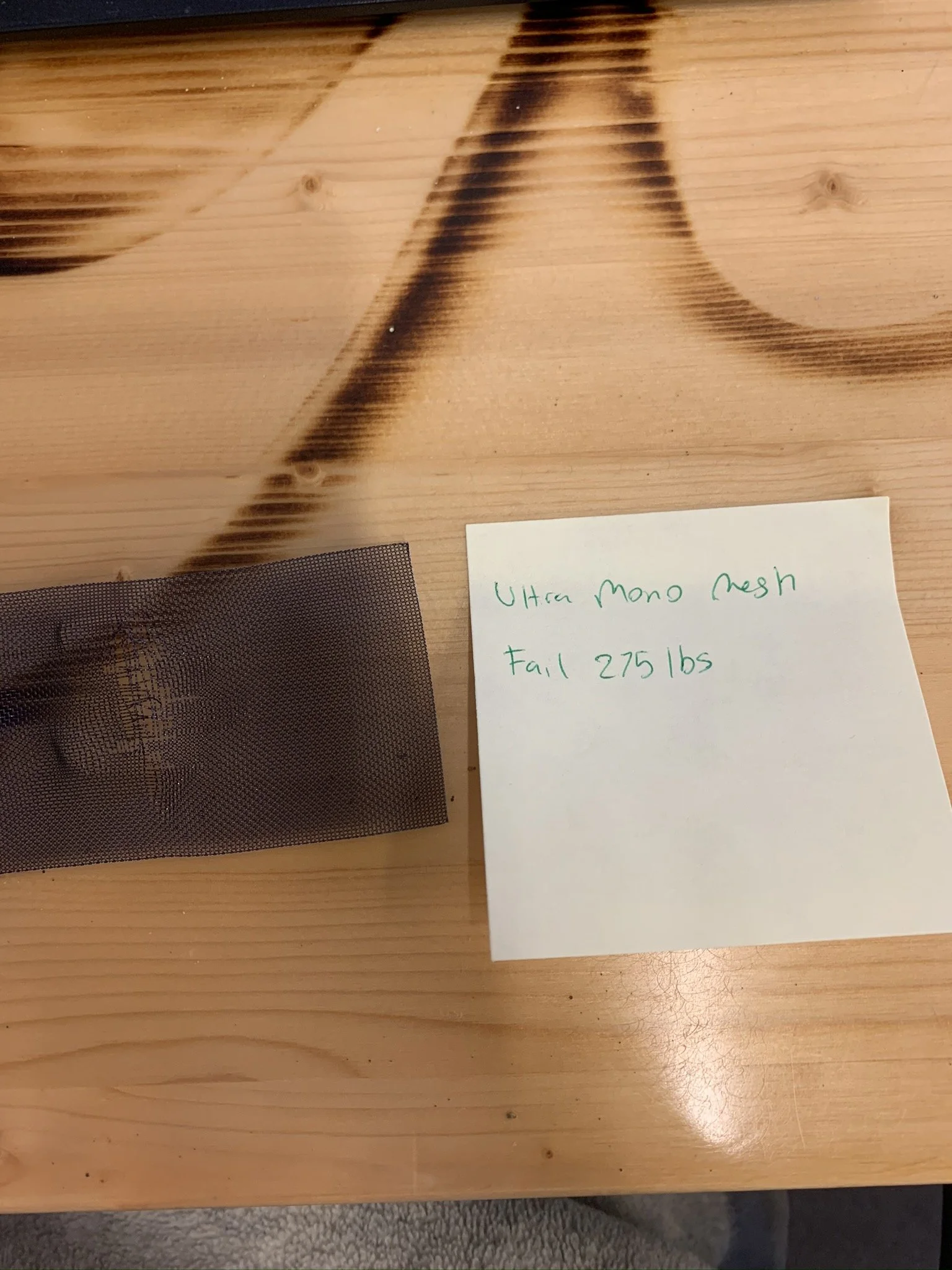
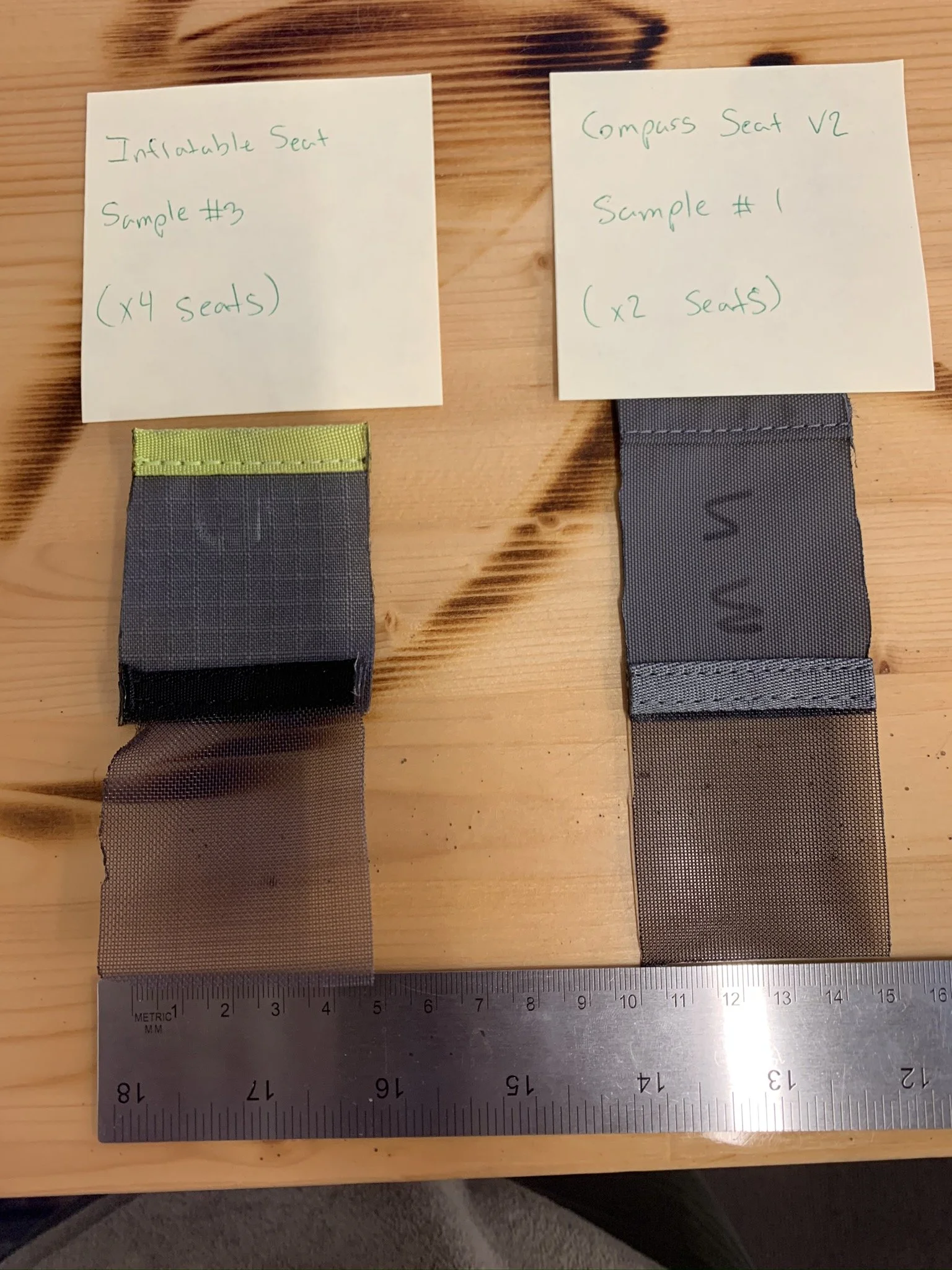
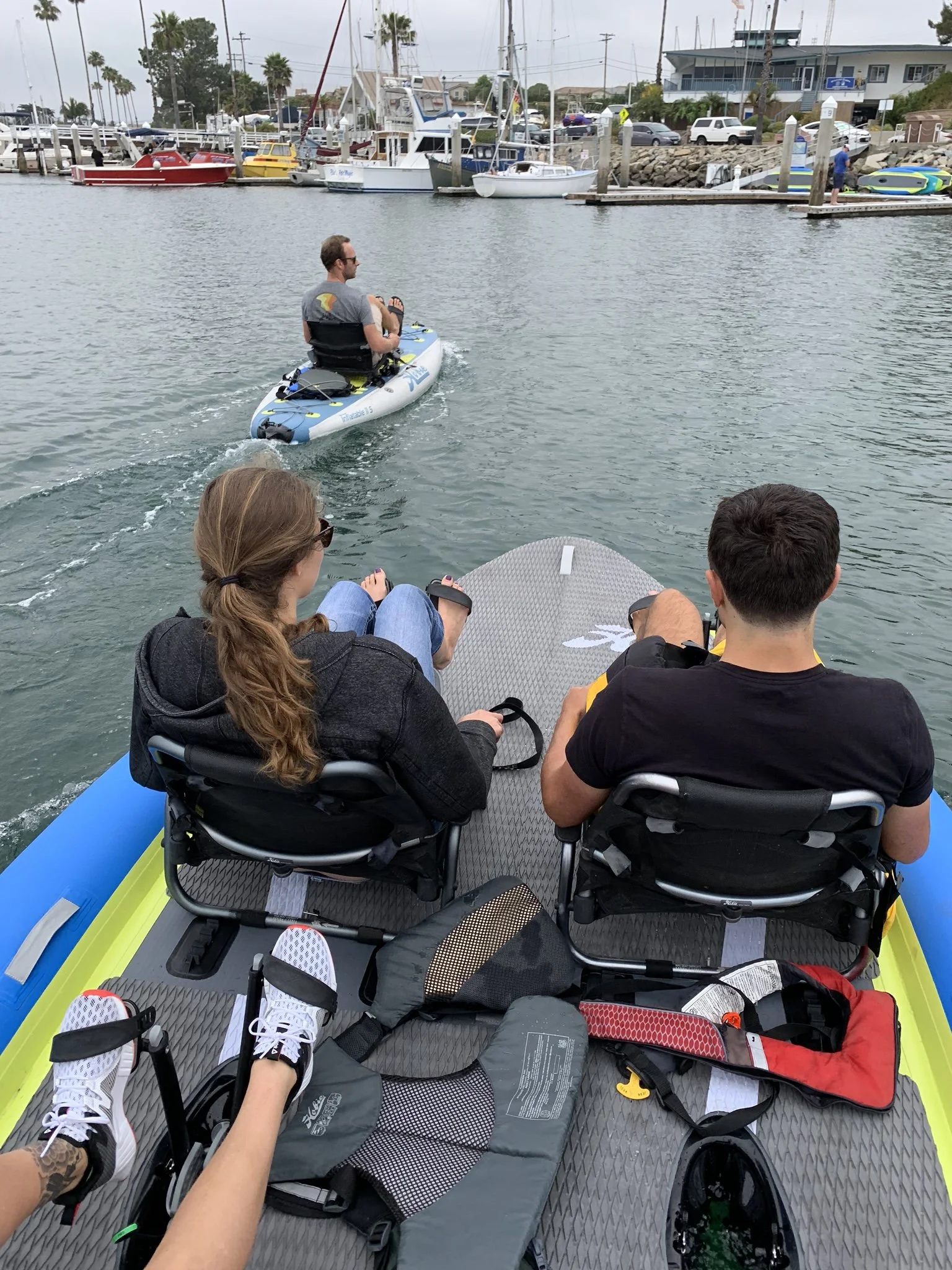
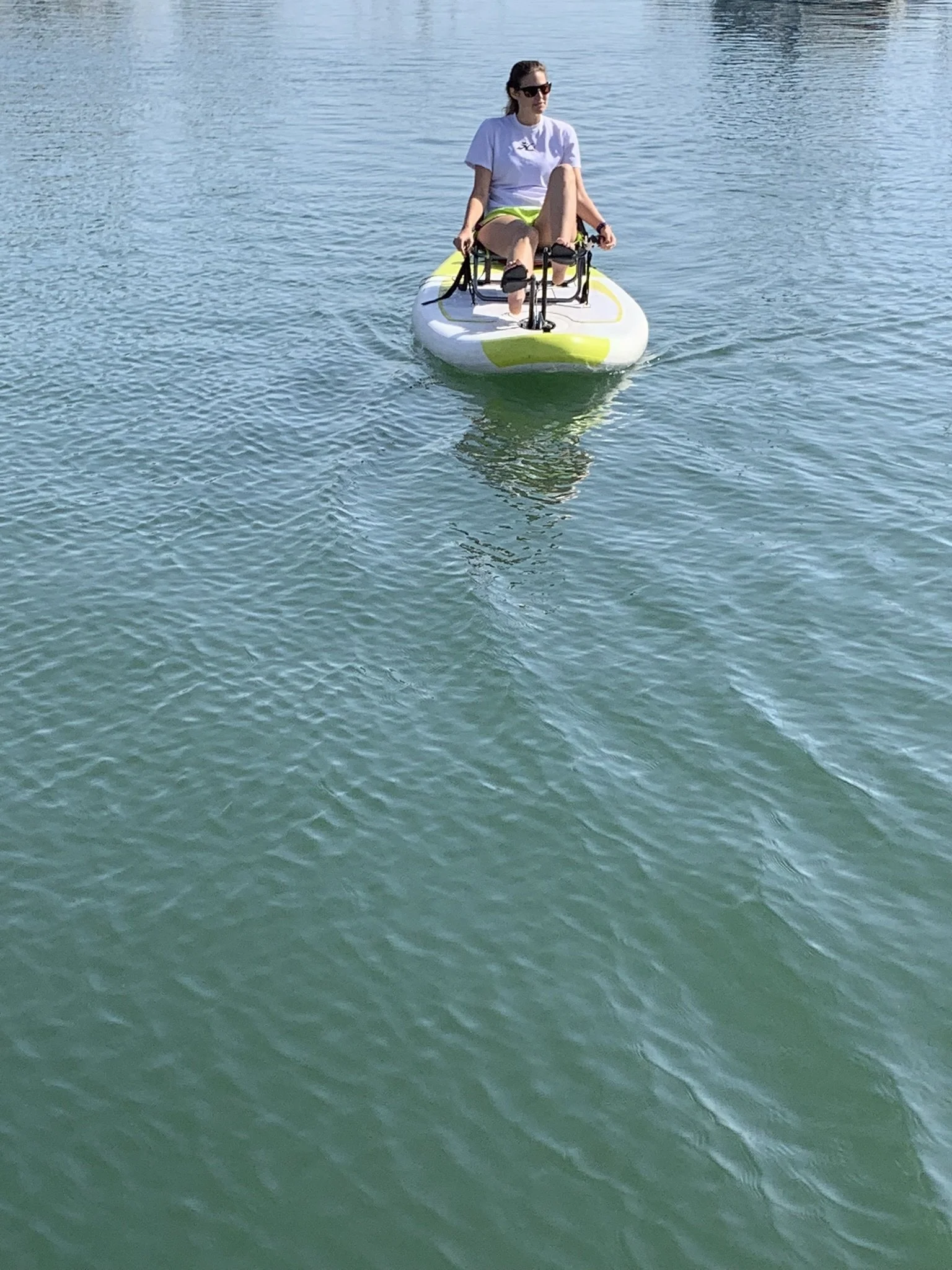

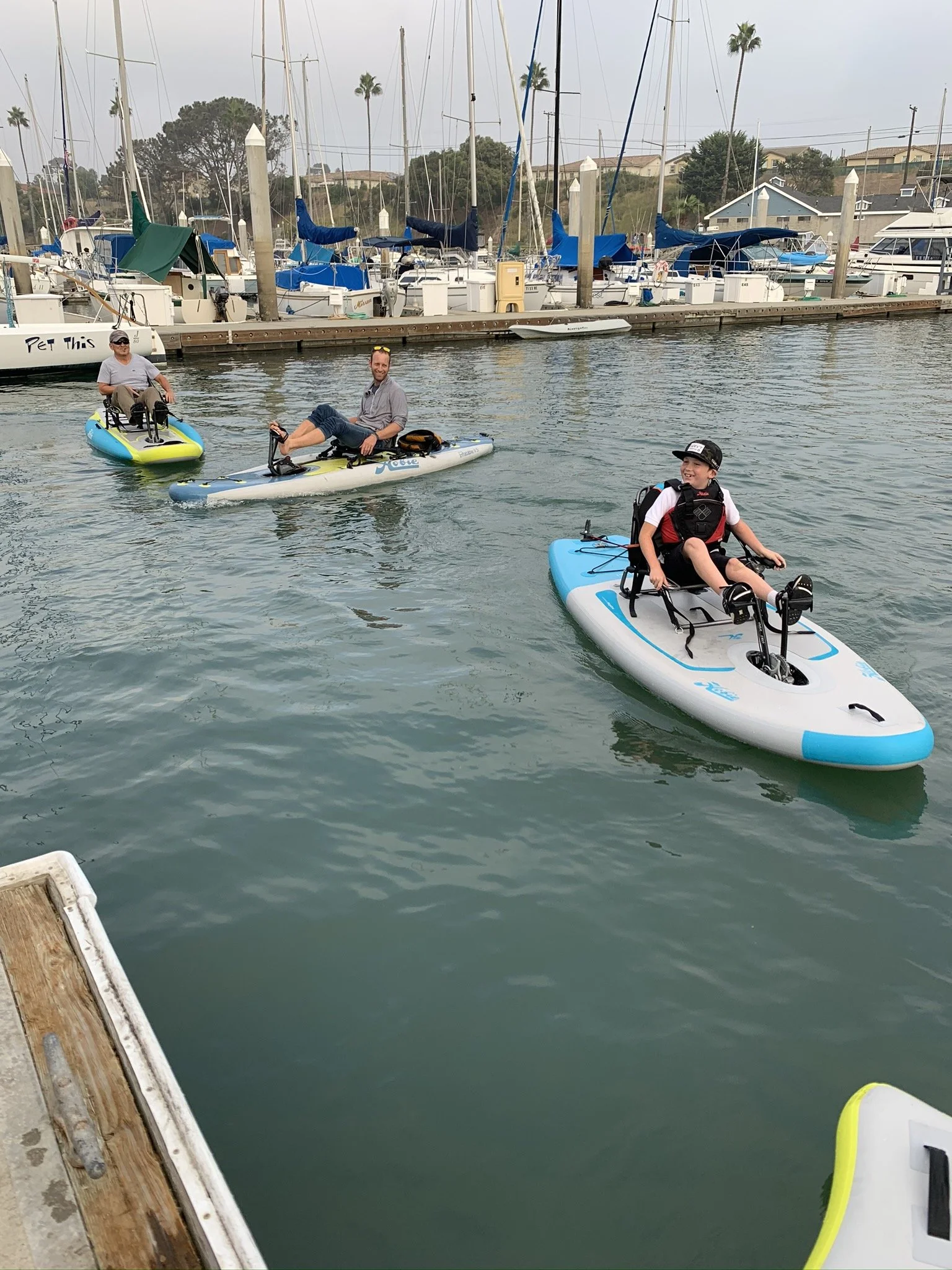

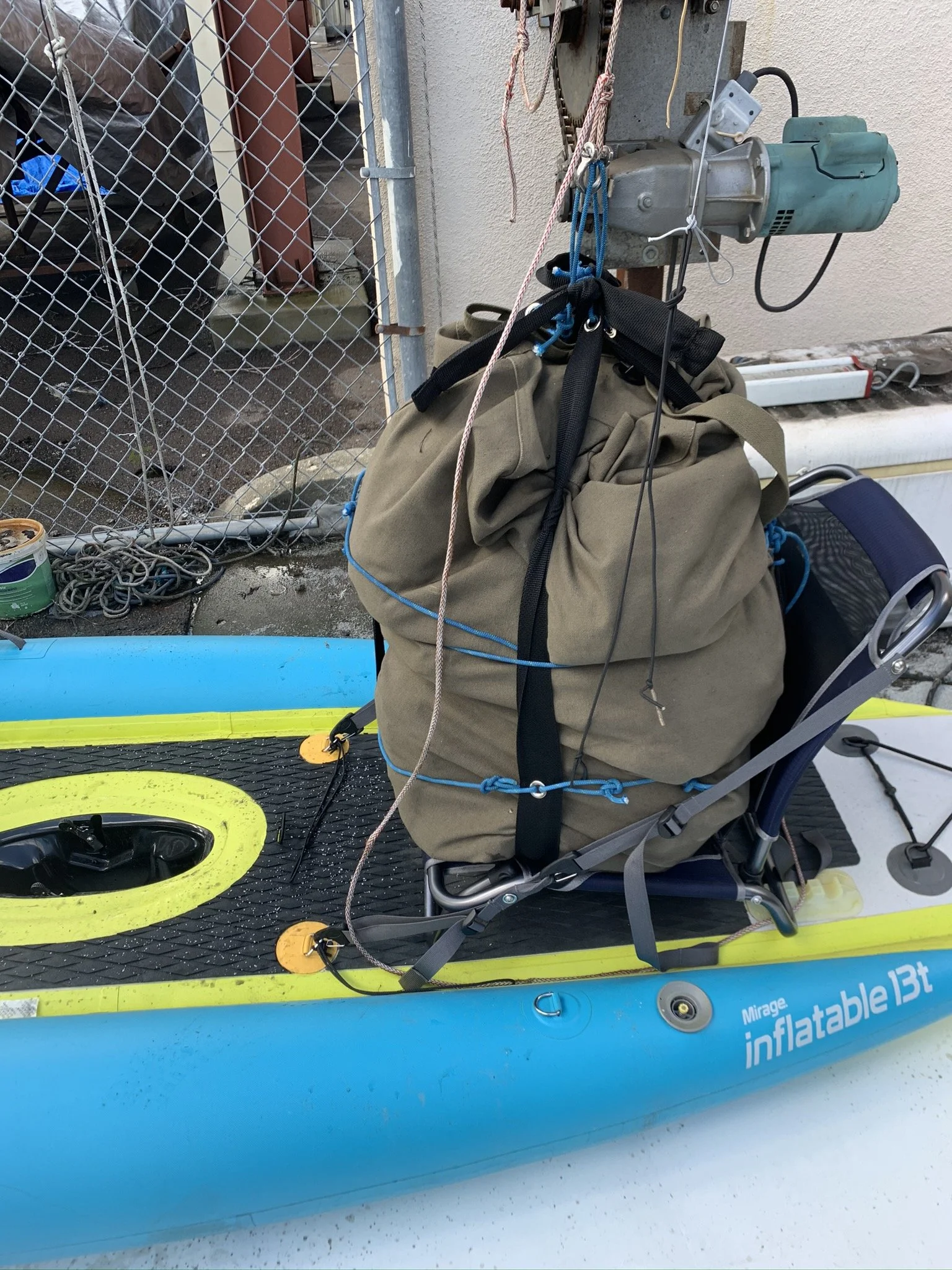
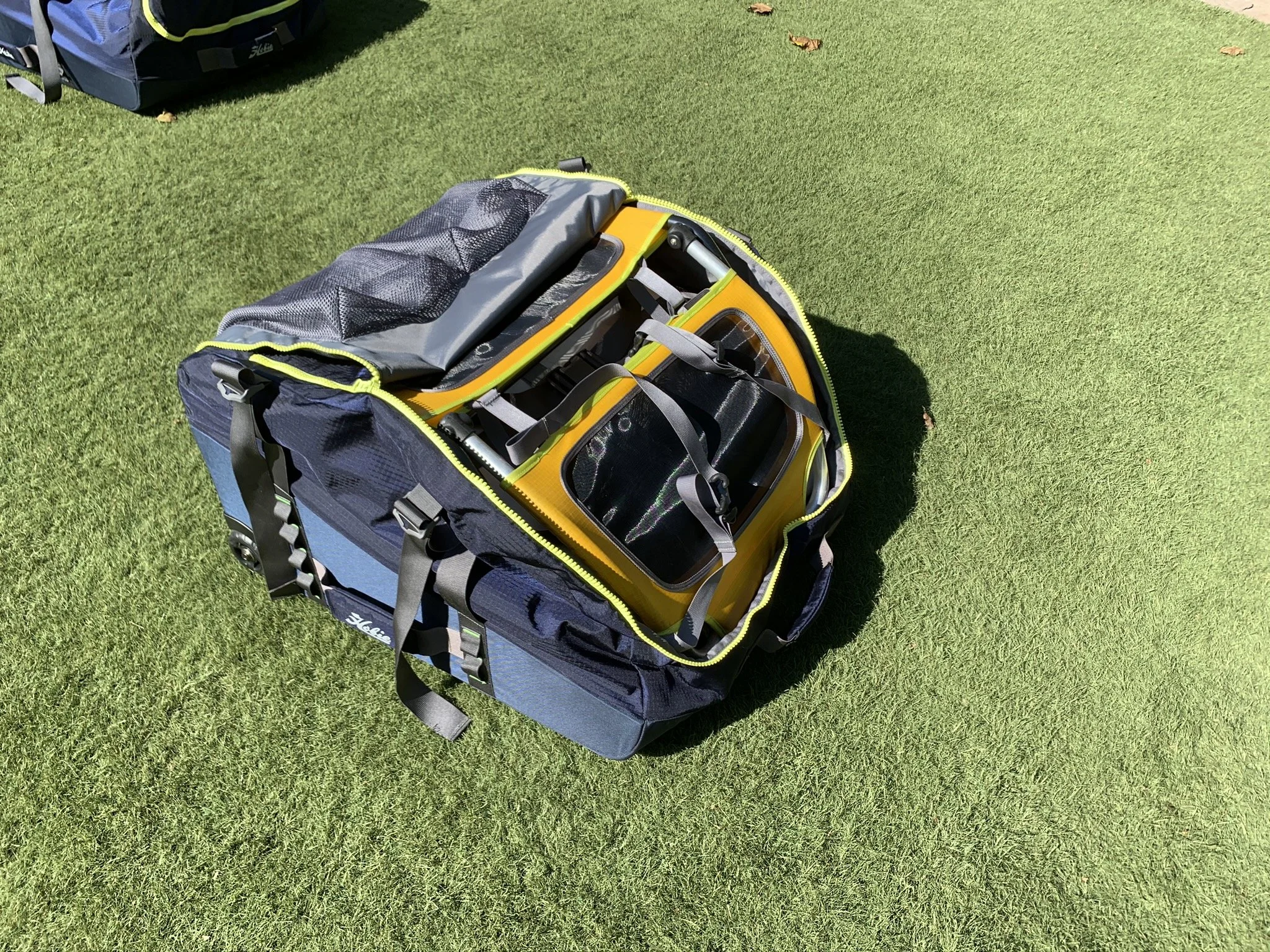
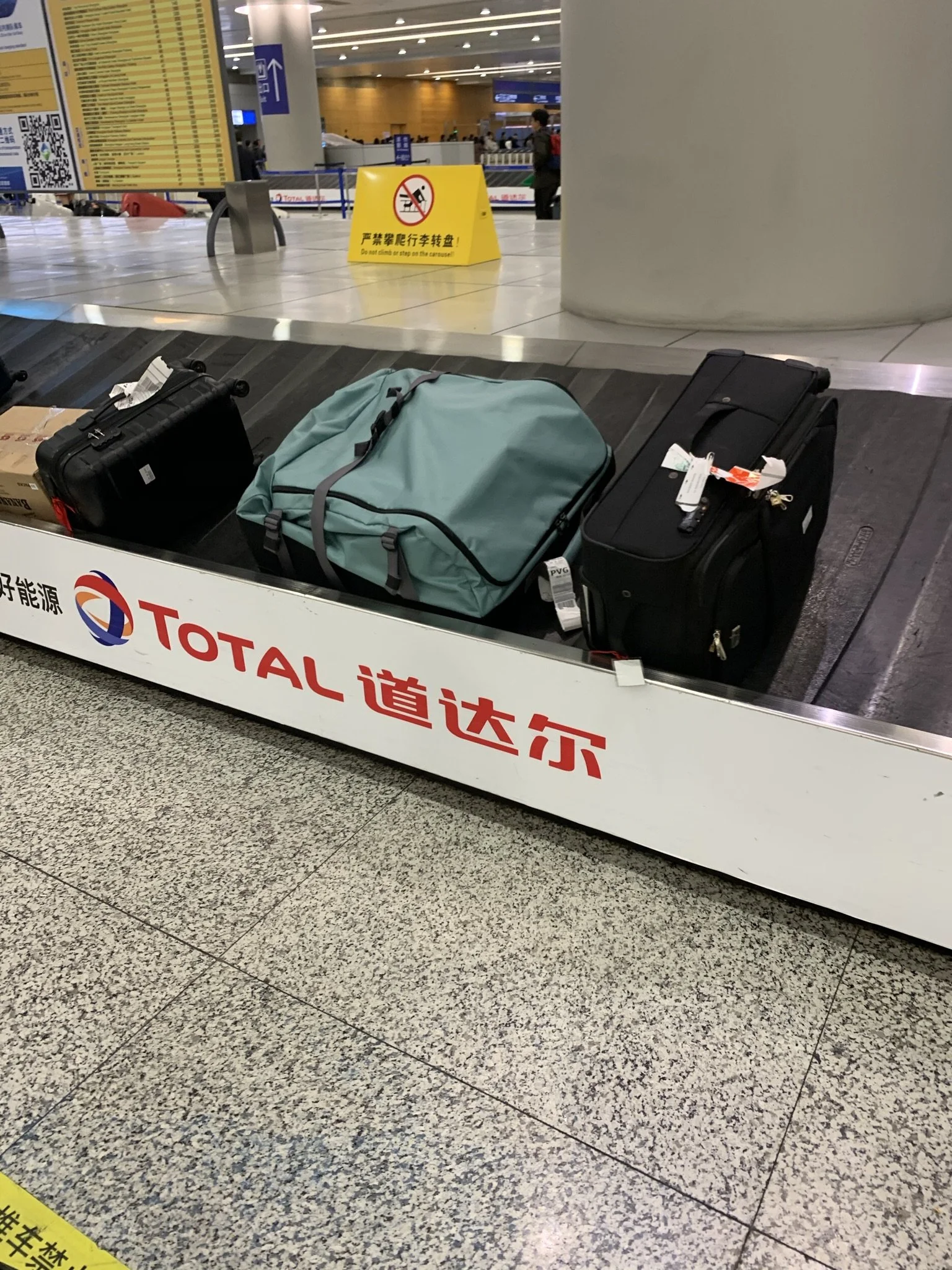

Problems Solved.
Media.
Walkthroughs and reviews from our users are both useful and rewarding. Below are a few of my favorites.
Side by side review of the iTrek 11 and i11 kayaks. Credit: Jake Harshman
A rugged use case. Credit: Fish Hunter
Hobie’s Yosemite Promo. Credit: Hobie
-

Industrial Design
My role bringing this product from concept to production.

